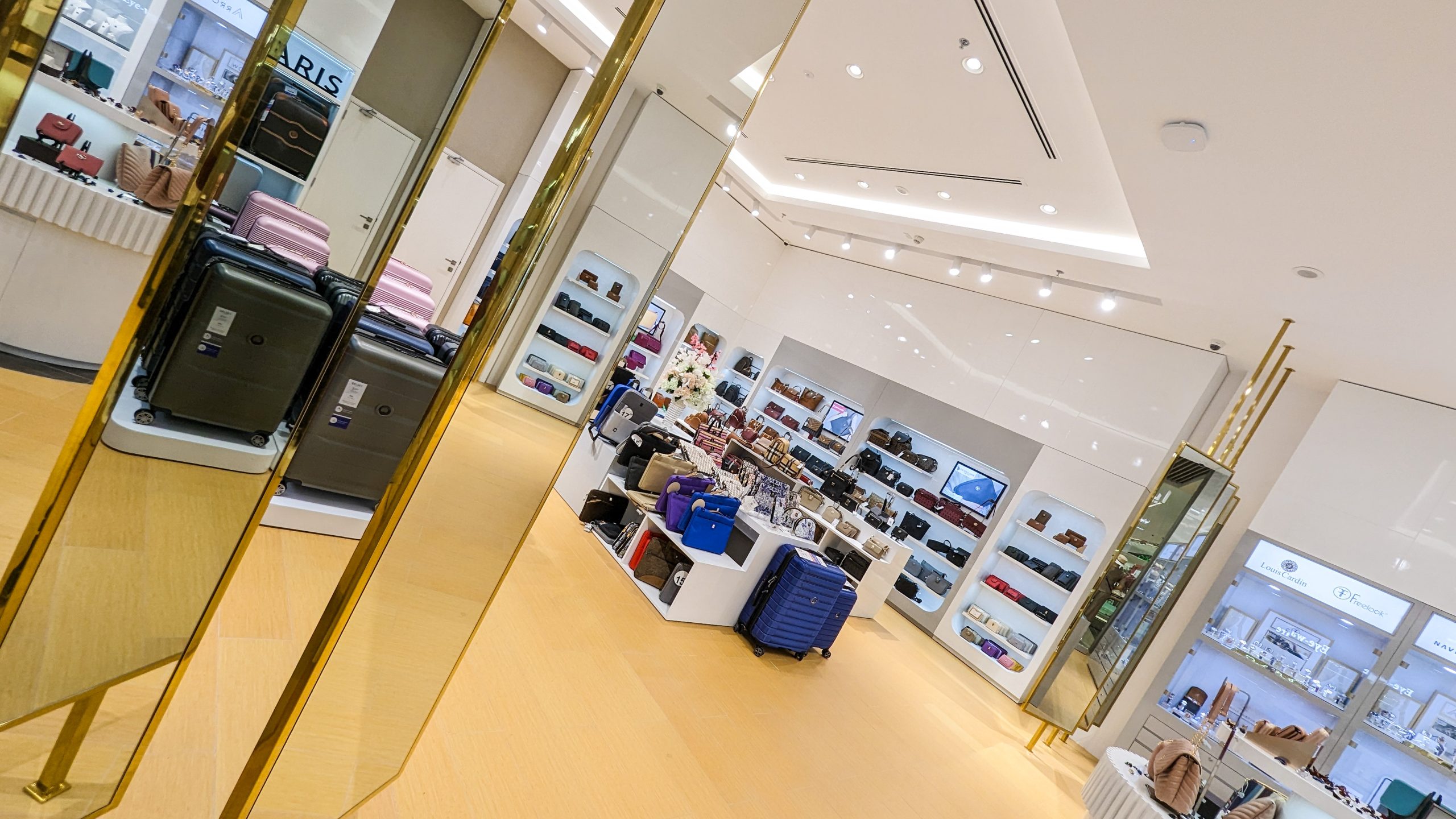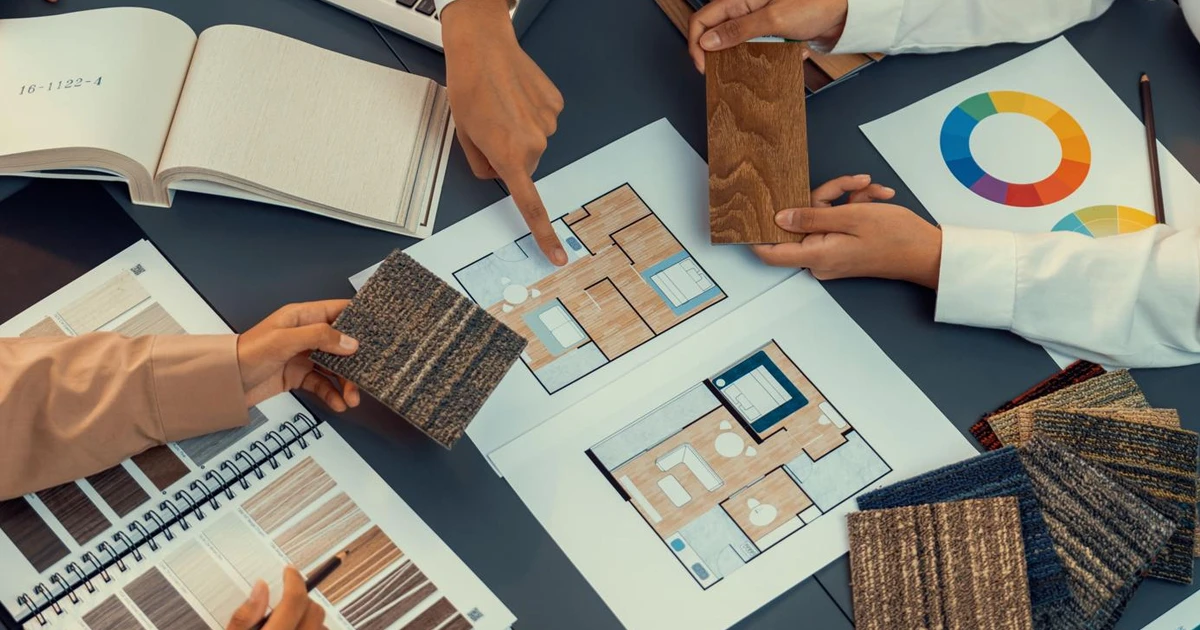

Transforming Spaces: The Pinnacle of Interior Fit-Outs and 3D Architectural Visualization
All Blogs
Introduction
In the ever-evolving world of design and architecture, the Middle East has emerged as a hub for innovation and creativity. The region’s rich history, combined with its rapid modernization, has given birth to a unique blend of traditional and contemporary design aesthetics. Central to this transformation are the roles played by interior fit-out companies and 3D architectural visualization companies. These entities not only shape the spaces we inhabit but also redefine our experiences within them. This article delves into the transformative power of interior fit-outs and the magic of 3D visualizations, spotlighting their significance in the Middle Eastern architectural landscape.
A. The Significance of Interior Fit-Outs and 3D Architectural Visualization
Interior fit-outs and 3D architectural visualization have become essential components of modern construction and design. Interior fit-outs encompass the process of enhancing the interior spaces of a building, ensuring they are not only visually appealing but also functional and comfortable. This involves everything from partitioning, flooring, lighting, and furniture installation to create a harmonious and productive environment.
3D architectural visualization, on the other hand, is a technology-driven tool that allows stakeholders to visualize a project in a three-dimensional space before construction begins. It provides a detailed and immersive representation of the design, enabling clients, architects, and builders to make informed decisions and adjustments.
B. The Growing Demand for These Services in Saudi Arabia
Saudi Arabia has been experiencing a construction boom in recent years, driven by urbanization, infrastructure development, and economic diversification efforts. With the surge in construction projects, there is a growing need for interior fit-out services and 3D architectural visualization to bring innovative designs to life.
The Kingdom’s Vision 2030 plan, which aims to transform and diversify the Saudi economy, has also spurred the demand for these services. As the nation seeks to attract foreign investment and promote tourism, the importance of creating appealing, functional spaces is more pronounced than ever.
Decoding Interior Fit-Outs
Interior fit-outs are more than just a design overhaul; they’re a reimagination of spaces. While interior fit-out companies conceptualize and design, interior fit-out contractors bring these visions to life. Together, they ensure spaces aren’t just functional but also aesthetically pleasing. The synergy between these entities ensures that every nook and cranny resonates with the client’s vision and the space’s purpose.
Office Fit-Outs: A Middle Eastern Perspective
The Middle East, with its booming business sector, demands office spaces that reflect both prestige and functionality. Office fit-outs in the Middle East are not mere renovations; they’re statements of brand identity. As businesses evolve, so do their spatial needs. Interior fit-out services cater to these dynamic requirements, ensuring that workspaces are not just about desks and chairs but about fostering collaboration, innovation, and growth. A notable example is the recent transformation of a renowned corporate hub in Dubai, where traditional motifs seamlessly blended with modern design elements, epitomizing the essence of Middle Eastern office fit-outs.
Distinguishing Between Interior Fit-Out Companies and Contractors
It’s important to differentiate between interior fit-out companies and contractors. Interior fit-out companies typically offer a complete package of services, including design, project management, and construction. They are responsible for overseeing the entire fit-out process, ensuring that the project is executed according to the design specifications.
Interior fit-out contractors, on the other hand, are primarily responsible for the construction and installation aspects of the project. They work based on the design provided by the client or an architect. While contractors may be more cost-effective, fit-out companies offer a comprehensive solution, which can be beneficial in complex projects.
Enhancing Aesthetics and Functionality through Interior Fit-Outs
One of the primary objectives of interior fit-outs is to enhance the aesthetics and functionality of interior spaces. This involves the careful selection of materials, colors, lighting, and furnishings that align with the design vision and the practical needs of the space.
For example, in a corporate office fit-out, the design may prioritize open workspaces, collaboration areas, and ergonomic furniture to boost productivity and employee well-being. In contrast, a retail store fit-out might focus on creating an inviting and immersive environment to attract and engage customers.
Interior fit-out specialists in Saudi Arabia are well-versed in the local culture and climate, enabling them to make design choices that are not only visually appealing but also functional in the specific context of the region.
The Art and Science of 3D Architectural Visualization
3D architectural visualization is where dreams get a dimension. It’s the bridge between a client’s vision and its tangible realization. Leading 3D architectural visualization companies employ cutting-edge technology to create lifelike representations of projects, allowing stakeholders to experience a space even before its construction. This not only aids in design modifications but also ensures that the final product aligns perfectly with the client’s expectations. In the Middle East, where architectural wonders are aplenty, 3D visualizations play a pivotal role in pushing the boundaries of design and innovation.
The Magic of 3D Architectural Visualization
In the realm of architectural and interior design, visualization is key. It’s often challenging for clients, architects, and builders to envision a project solely from blueprints and sketches. This is where 3D architectural visualization comes into play. It’s a process that transforms flat design plans into immersive, photorealistic 3D representations of the intended space.
Benefits of 3D Architectural Visualization
3D architectural visualization offers a multitude of benefits for all stakeholders involved in a construction or design project:
Client Understanding: Clients can gain a clear, tangible understanding of the final product, reducing misunderstandings and design revisions.
Design Iteration: Architects and designers can quickly iterate and refine their designs based on visual feedback, saving time and resources.
Cost Efficiency: Builders can identify potential issues early, reducing costly on-site modifications.
Marketing and Sales: Developers can use stunning 3D visuals to market properties effectively, attracting buyers or investors.
Realism: 3D visualization creates realistic depictions that enable stakeholders to experience the space before it’s built, fostering confidence in the project.
Leading 3D Architectural Visualization Companies in Saudi Arabia
In Saudi Arabia, several companies have established themselves as leaders in the field of 3D architectural visualization. These companies employ cutting-edge technology and highly skilled artists to create compelling visualizations that bring designs to life. Some of the top names in the industry include VisualizeKSA, ArchitecturalVisions, and 3D Dimensions.
Selecting the Perfect Partner for Your Vision
Choosing the right interior fit-out contractor or company is crucial. It’s not just about expertise but also about understanding regional nuances. When considering partners in the Middle East, it’s vital to prioritize those with a proven track record in the region. Ask potential service providers about their previous projects, seek client testimonials, and ensure they’re adept at blending traditional aesthetics with modern design principles. Your vision deserves a partner who can translate it into reality with finesse.
Conclusion
Saudi Arabia’s architectural and design journey is a testament to its evolving identity, one that seamlessly marries tradition with modernity. As the nation pushes forward with its ambitious Vision 2030 objectives, the significance of interior fit-outs and 3D architectural visualization becomes even more pronounced. These aren’t just tools for aesthetic appeal; they’re instrumental in creating spaces that resonate with the country’s aspirations, cultural values, and future-forward vision.
In essence, as Saudi Arabia stands at the crossroads of tradition and innovation, the realms of interior fit-outs and 3D architectural visualization are not just industries; they are catalysts. They hold the power to shape experiences, influence perceptions, and craft a built environment that truly reflects the nation’s spirit and ambition. Investing in these sectors is, therefore, not just a business decision but a commitment to a brighter, more vibrant future for Saudi Arabia.


